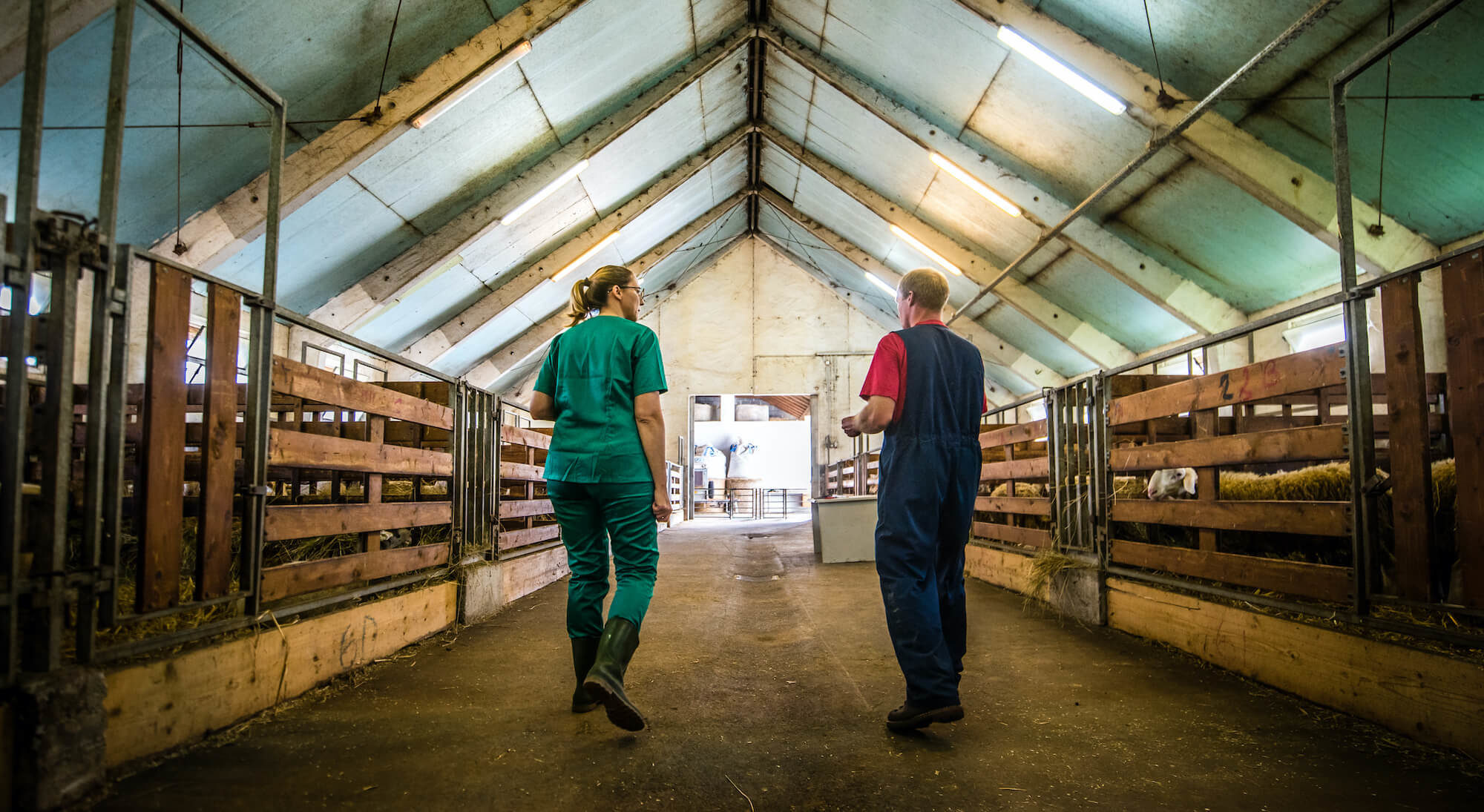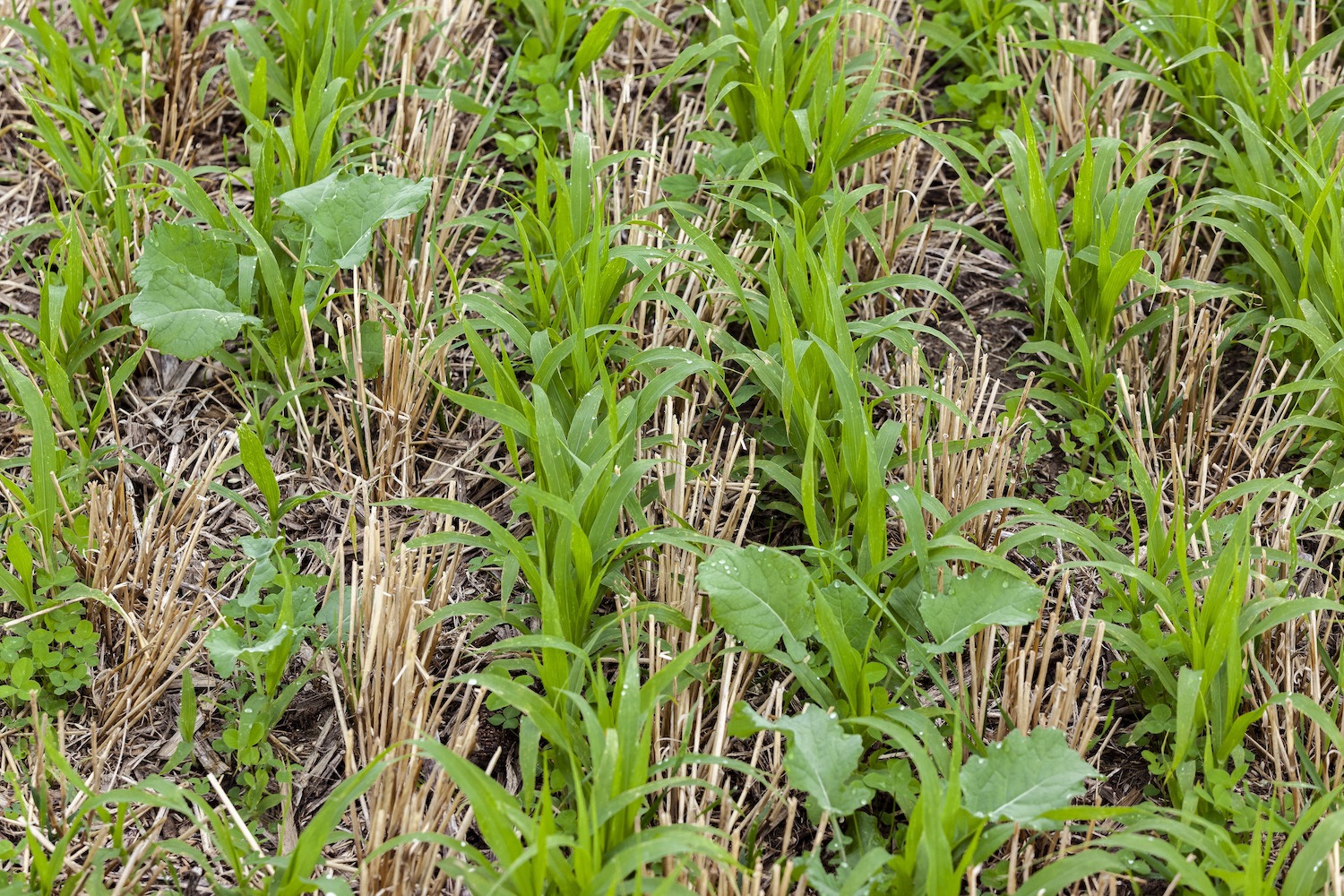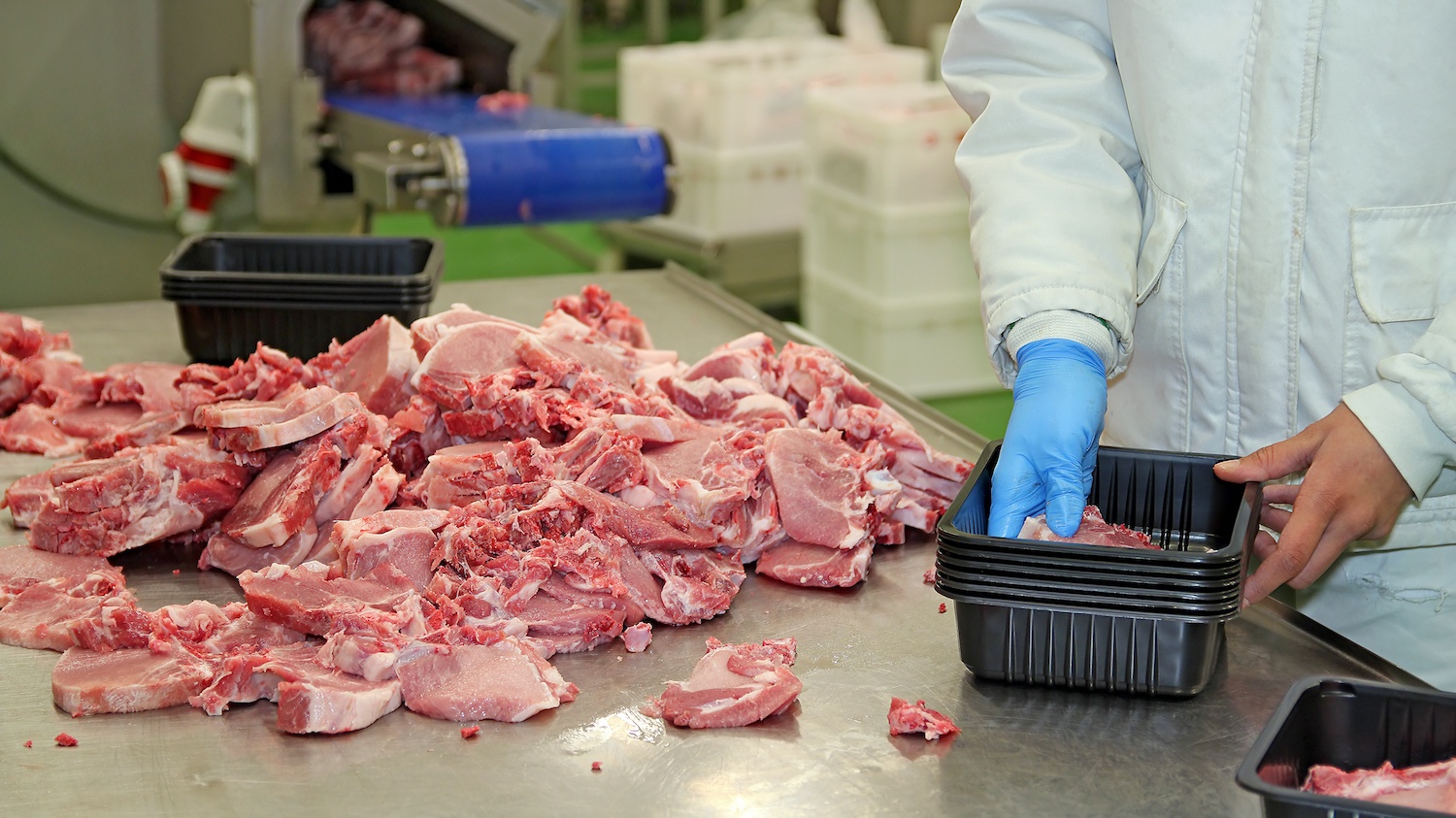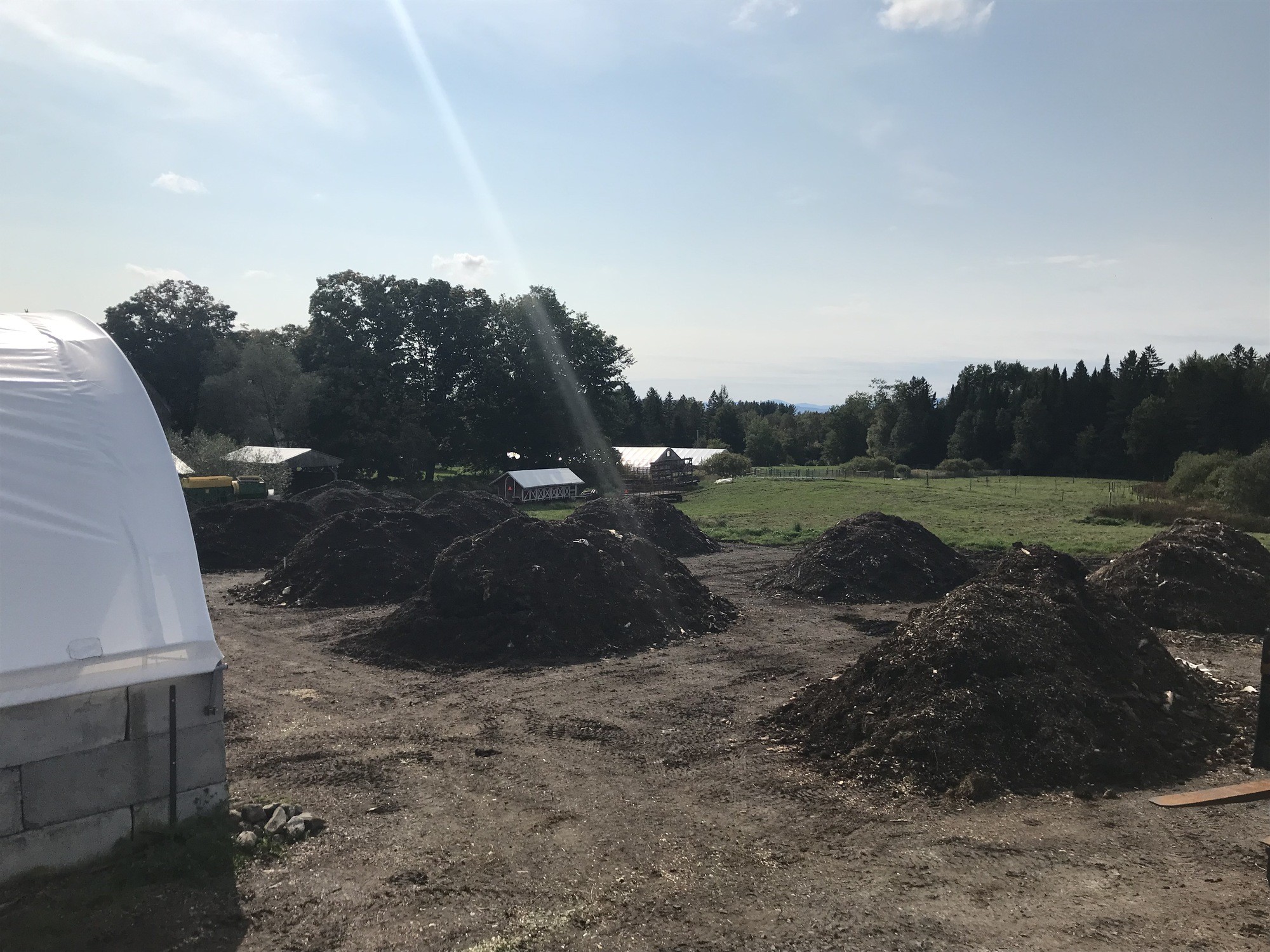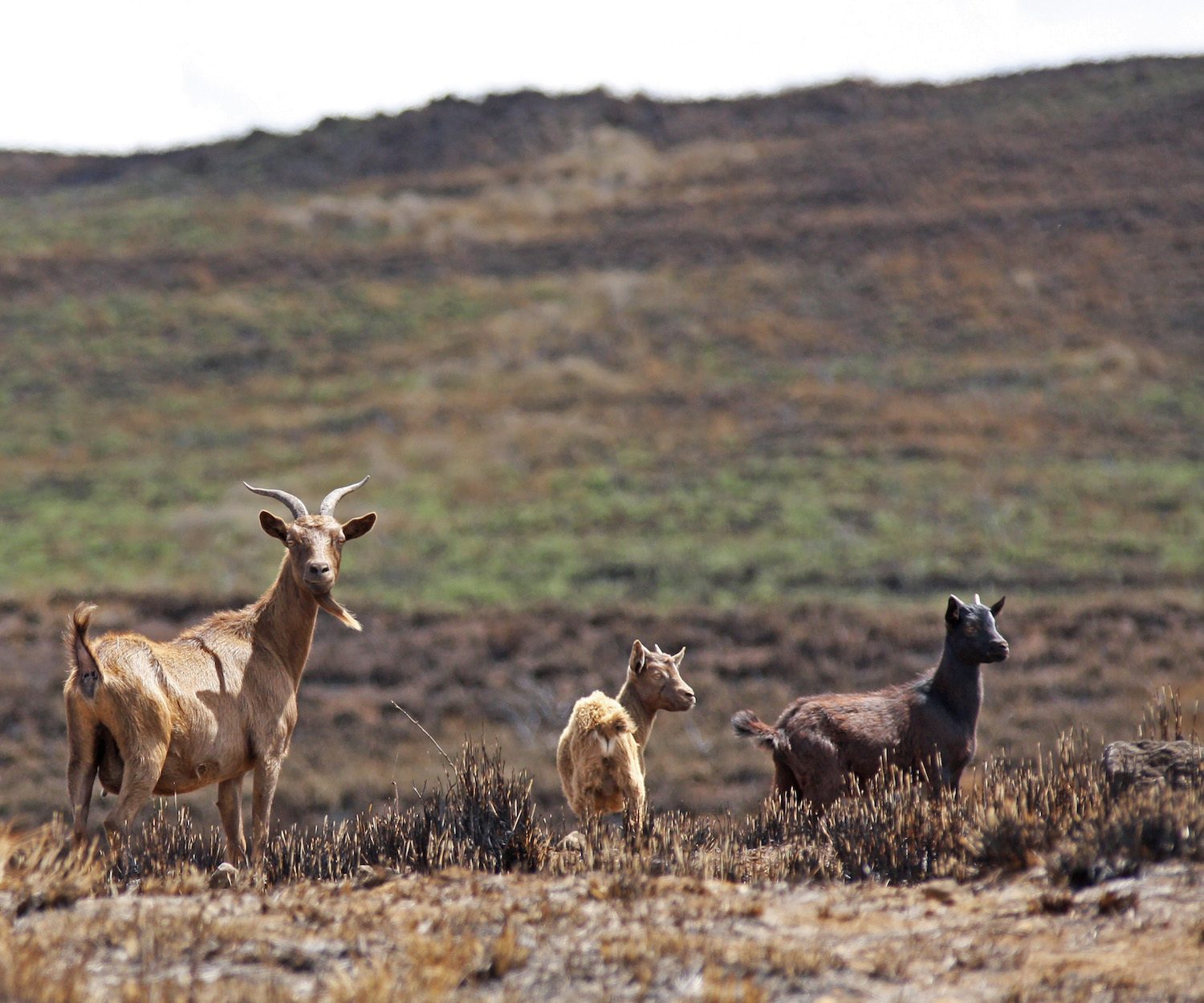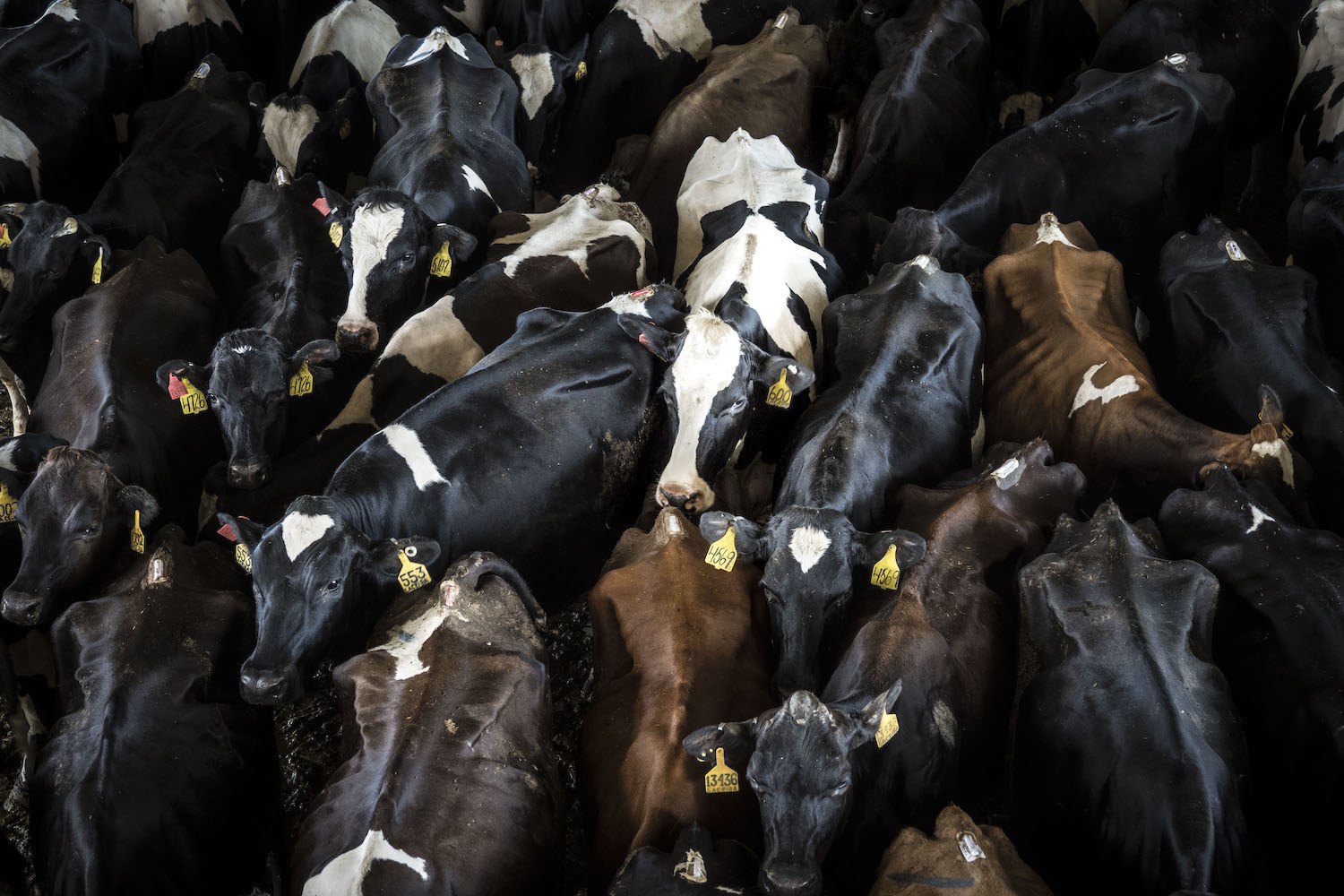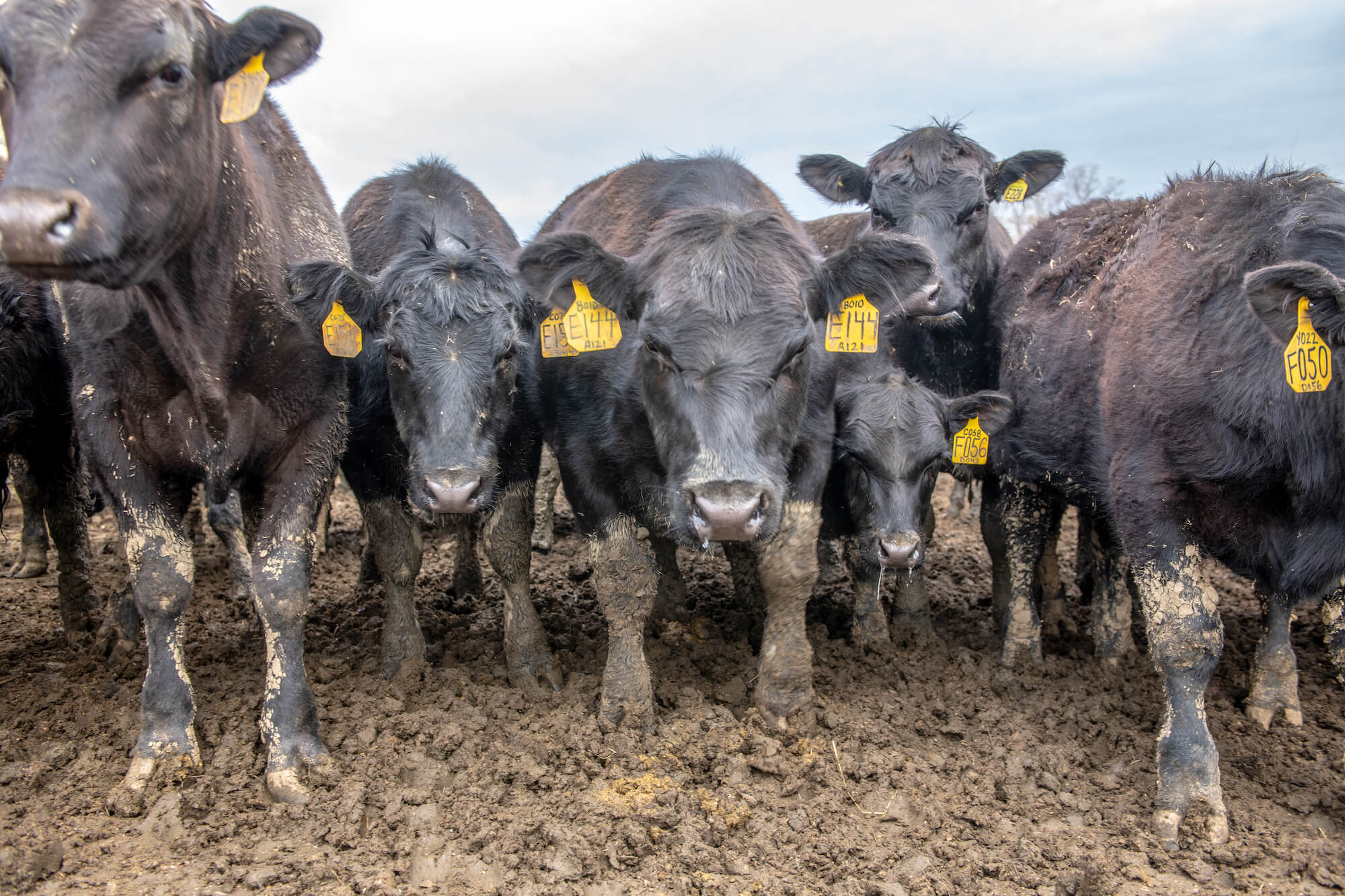
Edwin Remsberg/VWPics/Universal Images Group via Getty Images
The Biden administration is banking on soil’s ability to remove heat-trapping carbon emissions from the atmosphere. Emerging research suggests that farming practices like antibiotic use could thwart those plans.
In his speech at the United Nations Climate Change Conference in Glasgow this November, President Joe Biden gave a special shout-out to soil. The humble compound, he said, could play a mighty role in the U.S. response to the climate crisis.
“When I talk to the American people about climate change, I tell them it’s about […] the farmers who will not only help fight global hunger but also use the soil to fight climate change,” reads a transcript of his remarks.
It’s safe to assume that he was nodding specifically to soil carbon storage—the popular idea that healthy soil can remove heat-trapping gases like carbon dioxide from the atmosphere. It wouldn’t be the first time the administration has extolled this strategy: In one of his earliest executive orders, Biden praised soil’s potential to capture carbon. Since April, the Department of Agriculture (USDA) has been promoting its land conservation program as a vehicle to store carbon in the ground. And in October, the agency announced a $10 million investment to monitor soil carbon sequestration long-term.
It’s a tantalizing idea, one that suggests we can partially offset the burning of fossil fuels by modifying how we take care of other natural resources. In recent years, however, new soil research has also raised questions about just how reliable soil carbon storage really is. For example, in a January paper, scientists found that carbon molecules contained in soil don’t always stay there. In another study published last month, researchers found further evidence that rising temperatures may impede soil’s ability to store carbon. Now, new research is adding yet another wrinkle to the equation: The use of common antibiotics in livestock production could cause soil to release more carbon than it already does.
“Soils are always emitting carbon dioxide, but [antibiotics are] causing them to increase the amount of carbon dioxide that they’re producing. That obviously can be concerning when we’re trying to keep the carbon in the soil.”
In a recent experiment in northern Idaho, scientists collected 45 samples of soil that hadn’t previously been farmed, then applied to each a high or low amount of a common cattle drug called monensin. The antibiotic exposure levels reflected average concentrations one might find at an actual livestock farm, where soil is commonly exposed to drugs through manure. They also left a control group of samples untouched. Additionally, the researchers incubated samples at three different temperature levels to reflect moderate, warm, and hot conditions: approximately 60, 70, and 85 degrees Fahrenheit. Afterward, the researchers used an infrared gas analyzer to measure carbon dioxide emissions from each sample, every other day for three weeks.
What they found was notable, said Jane Lucas, lead author of the study and ecologist at the Cary Institute of Ecosystem Studies, a nonprofit that conducts environmental research. It’s normal for soil to release some amount of carbon, which happens as the microbes contained within it decompose plant matter. In this experiment, however, Lucas and her colleagues found that samples treated with antibiotics emitted significantly higher amounts of carbon dioxide than the control samples, up to 55 percent. The findings were published in the December issue of Soil Biology and Biochemistry.
“Soils are always emitting carbon dioxide, but [antibiotics are] causing them to increase the amount of carbon dioxide that they’re producing,” said Lucas. “That obviously can be concerning when we’re trying to keep the carbon in the soil.”
It’s important to note: Antibiotics are drugs designed specifically to kill microbes. Lucas hypothesized that the presence of antibiotics may serve as a stress factor that forces soil microbes to expend a lot more energy just to maintain their normal functions. This additional stress may have led these microbes to increase respiration, which would explain the higher carbon dioxide emissions.
“In order to survive in the presence of antibiotics, [microbes] might have to increase their defenses,” said Lucas, “and that’s an added weight on their metabolism. Now, not only do you have to do what you’re normally doing, but you also have to defend yourself against this compound.”
“I don’t think increasing soil carbon storage will be the one magic bullet to solve all of our carbon budget problems.”
The study does come with a few caveats: For one, the experiment took place over a brief period of time, meaning long-term effects weren’t measured. For another, the antibiotics were added in a lab setting, rather than on an actual farm, where soil might be exposed to far more stressors than just one antibiotic. Lucas and her team have plans to conduct future soil experiments in the field. Still, these early results indicate that our understanding of soil’s carbon storage potential remains far from complete.
“Soils are the living, breathing skin of the Earth,” said Jennifer Soong, a carbon scientist for Granular Ag, a subsidiary of Corteva Agriscience. Soong, who wasn’t involved in this study, has conducted research on the impact heat has on soil carbon storage. “They can respond both positively in a climate sense by storing more carbon, or negatively by respiring and losing more carbon to the atmosphere. The challenge is really trying to better understand what environmental factors control that balance of carbon storage and carbon emission.”
The findings are also notable against the backdrop of a recent boom in soil-based carbon crediting programs, wherein farmers are paid to plant cover crops and reduce tillage to purportedly improve soil health and enhance carbon storage capacity. A persistent criticism of such programs is that it’s nearly impossible to measure and verify how effective these efforts are over a prolonged period of time. That’s because there are numerous competing factors that influence just how much carbon a given plot of land can sequester—from location to soil type to precipitation to temperature to antibiotic use.
“I am very excited that soil is such a hot and interesting topic now, and I think there are lots of ways we can manage our soils better,” Lucas said. “But I also don’t think increasing soil carbon storage will be the one magic bullet to solve all of our carbon budget problems.”

